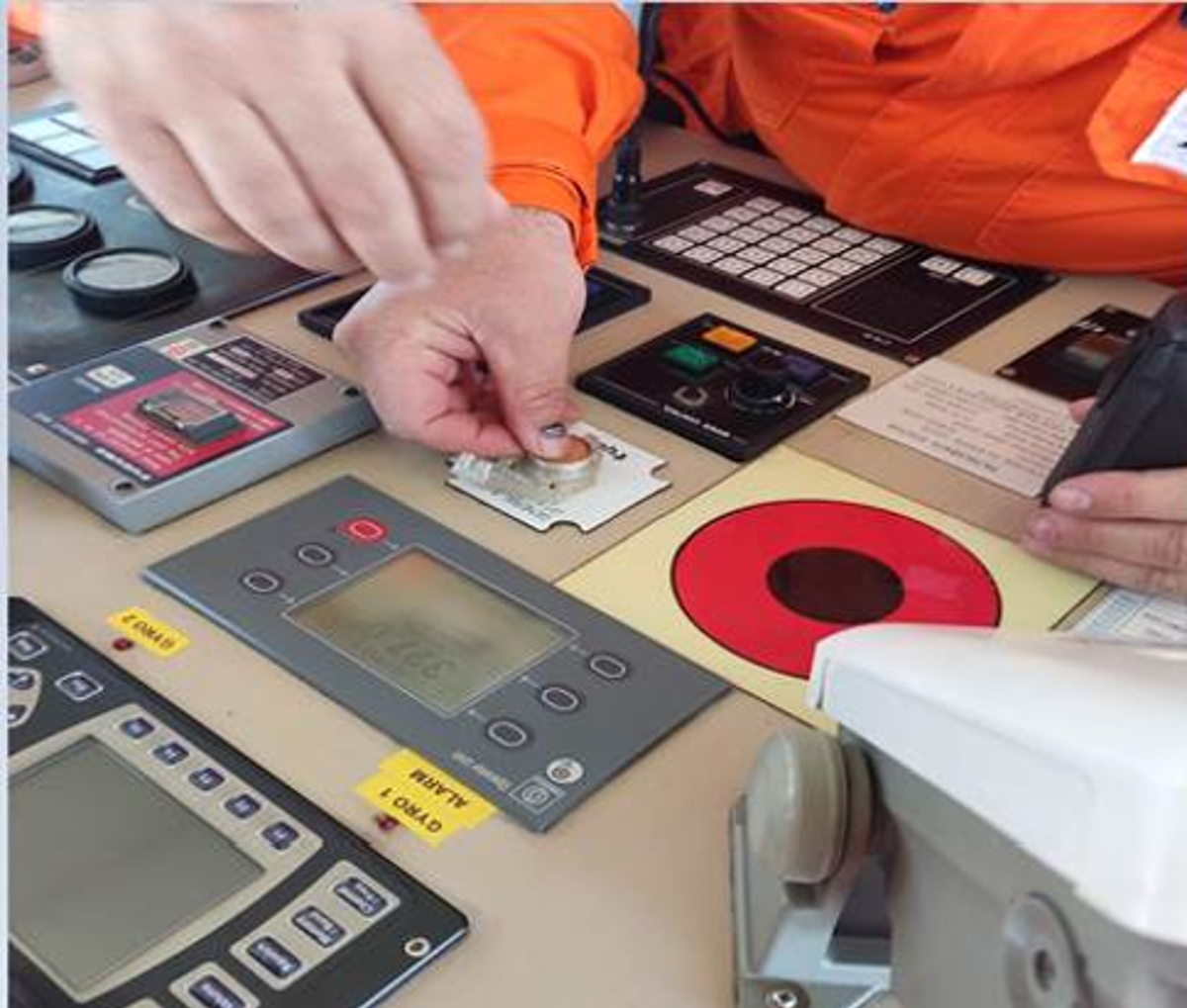Emergency musters and drills
- Safety Flash
- Published on 16 July 2024
- Generated on 28 December 2025
- IMCA SF 14/24
- 2 minute read
Jump to:
Two of our members have shared recent events relating to emergency drills and musters.
Incident 1 – Emergency button stuck
During an emergency drill, it was found that the General Emergency alarm on the bridge was delayed whilst being activated.
Further investigation revealed that dedicated Emergency button was stuck, and it failed to perform its function in a timely way during the drill.

Lessons
- Check: could your emergency alarm buttons be stuck or seized? When was the last time anyone actually pressed the fire alarm button?
Related Safety Flashes
-
IMCA SF 05/21
11 February 2021
-
IMCA SF 09/19
3 May 2019
-
Incident 2 – Near Miss – Smoke at muster station
A fire alarm was set off on the port side muster station where there was a smoking area. An AB and the 2nd Mate were sent to investigate what was going on. On arrival at the muster station there was dense smoke coming from the ashtray stand. The ashtray was opened, and a smouldering paper cup was found, along with recently discarded cigarette butts.
The smoker had, instead of bringing the cup to the dedicated waste bin which is just 10 metres away, just opened the standing ashtray and dumped the paper cup together with the still burning cigarette butt and closed it. This action caused smouldering and a small fire and could have developed into a much more serious situation.

What went wrong?
- Personal negligence and not following basic rules.
- In other circumstances and conditions such negligence could have led to a more serious fire.
Related Safety Flashes
-
IMCA SF 13/23
24 May 2023
-
IMCA Safety Flashes summarise key safety matters and incidents, allowing lessons to be more easily learnt for the benefit of the entire offshore industry.
The effectiveness of the IMCA Safety Flash system depends on the industry sharing information and so avoiding repeat incidents. Incidents are classified according to IOGP's Life Saving Rules.
All information is anonymised or sanitised, as appropriate, and warnings for graphic content included where possible.
IMCA makes every effort to ensure both the accuracy and reliability of the information shared, but is not be liable for any guidance and/or recommendation and/or statement herein contained.
The information contained in this document does not fulfil or replace any individual's or Member's legal, regulatory or other duties or obligations in respect of their operations. Individuals and Members remain solely responsible for the safe, lawful and proper conduct of their operations.
Share your safety incidents with IMCA online. Sign-up to receive Safety Flashes straight to your email.